Guide to Growing Artichokes
While often considered vegetables, artichokes are an interesting plant that is actually a type of thistle, and consists of unopened flower buds. The rigid leaves, called bracts, surround the artichoke heart and developing flower. Originating from the Mediterranean, artichokes prefer areas with mild winters and cool, long summers.
BASIC INFORMATION
|
Scientific Name |
Cynara cardunculus var. scolymus |
|---|---|
|
Common Name |
Artichoke |
|
Light |
Full sun |
|
Soil Type |
Well-draining, nutrient rich |
|
Water |
Consistent |
|
Days to Harvest |
85 – 100 days |
|
Fertilizer |
Slow-release organic fertilizer |
|
Hardiness Zones |
Perform well in 7 – 11 |
High in antioxidants, fiber, and minerals, artichokes have a number of health benefits. With a small artichoke of around 100 grams, you obtain 20% of your daily fiber intake. Studies have also shown that artichokes may be beneficial in improving liver health and lowering cholesterol levels.

Artichokes come in two main types, which are globe and elongated. Like the name suggests, globe artichokes are rounded artichokes that are commonly found in grocery stores. Similar to globe artichokes, elongated artichokes are tapered and longer in size. Below are a few varieties of artichokes you can consider growing in your garden.
Green Globe – Green Globe is a globe artichoke grown known for its large, rounded buds. Requiring a fairly long and mild growing season, it is the variety most often commercially grown in the US, especially in California. It can grow up to 5 ft tall.
Imperial Star – Imperial Star is a hardy variety that tolerates colder climates. Perennial in zone 7 or warmer, it is suited to grow as an annual if you don’t want to overwinter. It typically produces several primary buds 3 – 4 inches in diameter and 5 – 7 smaller secondary buds.
Violetta – Violetta is an heirloom variety from Northern Italy that produces striking purple artichokes. Slightly smaller than other varieties, it is known for its mild flavor and tenderness. Gardeners with limited space can consider growing this type of artichoke.
Colorado Star – Colorado Star is an early variety with purplish buds. It was developed by Keith Mayberry, who also created the Imperial Star.
Growing Artichokes
When: Artichokes are planted at different times of the year, depending on the climates. Native to the Mediterranean, they thrive in areas with similar climates with hardiness zones above 7, although hot Southern summers may negatively affect it. Those in colder climates can still grow artichokes, usually as annuals. When they are grown as annuals, they should be planted in the spring. In warmer zones, they can be planted as seeds in late summer or as transplants in mid-autumn.
Where: Artichokes should be grown in a location with full sun and well-drained sandy or sandy loam soil. Although they can grow in a variety of soils, lighter soils with poor moisture retention should be avoided. You can also grow them in containers or raised garden beds. The ideal soil pH is 6.5 – 7, but they can also tolerate alkaline soils. They also need a minimum soil temperature of 60 ˚F.
There are some plants you can consider planting next to artichokes. Artichokes are heavy feeders, and will benefit from nitrogen that pea plants add to the soil. Sunflowers and sweet corn are tall plants that can be planted along the western side to help shade them from the hot sun. Other recommended plants to grow along with artichokes include asparagus, brassicas, marigolds, yarrow, and violets.
How: Artichokes can be grown from both seeds or transplants. When growing from seed, keep in mind that they may not grow ‘true to seed’ and produce plants that differ greatly from the original plant 20% of the time. To plant from seed, plant them indoors at least 8 weeks before your last frost date. Plant the seeds three to four inches apart at about ½ inch deep in soil rich in organic matter.
As your plants begin to grow, thin to one plant per tray. Before transplanting, your seedlings will require vernalization, a process that exposes seedlings to cold temperatures to encourage flower production. To vernalize your plants, place them outside in temperatures below 50 ˚F for 10 – 12 days. Bring them indoors if the temperature drops to below freezing. After the vernalization process, you can begin transplanting the seedlings to garden beds or raised containers.
Artichokes can also be grown from crowns, which are root divisions. Plant the crown about 6 inches deep in the soil, spacing them 4 ft apart. Fertilize with fish emulsion or a liquid organic vegetable fertilizer. Transplant in the garden two weeks after the last frost date in spring, and set out crowns 2 weeks before the last frost date in spring.
Care: Artichokes benefit from frequent and deep watering generally two to three times a week, requiring about 2 inches of water. They also prefer conditions with high humidity. As heavy feeders, artichokes prefer soil rich in organic matter. Apply a balanced organic plant food every two weeks throughout the growing season.

If you are planning to grow your artichokes as perennials, you must prune them for overwintering. Pruning and clearing the area of debris will reduce the chance of pests overwintering in your plants. In zones 8 and higher, cut down the plant at the soil level using a garden knife or pruners and cover with 2 – 4 inches organic mulch. In zones 7 and colder, trim the plants to 12 – 18 inches and then cover with organic mulch. Then cover with a cold frame or a large basket.
Pests and Diseases: When growing artichokes, there are some pests to watch out for. Artichoke artichoke plume moth larvae will feed on the artichoke buds throughout the growing season. They can be prevented through pruning, manual removal, or planting moth repellent companion plants. Remove and destroy any infected plants. Apply sprays of Bacillus thuringiensis, also referred to as BT, to kill the larvae.
Slugs and snails will also eat the foliage and outer surface of the plant. They can be manually removed or controlled using organic snail and slug bait. You can also set up traps containing beer to trap them. Aphids are a ubiquitous pest that like to suck on artichokes. Spray them with water to blast them off your plants and then apply neem oil or continually spray to get rid of them.
Common diseases that afflict artichokes include Botrytis blight, powdery mildew, and root rot. To prevent root rot, ensure that your plants have optimal drainage conditions, which can be facilitated by a raised garden bed. Botrytis blight, also known as gray mold, typically develops on artichokes damaged by insects, snails, slugs, or frost. Once it reaches a bract, the plant will need to be removed and destroyed. Apply with liquid copper fungicide to treat the disease and prevent further spread.
Powdery mildew is a fungal disease that leaves a white coating on foliage. Neem oil has been found beneficial, as well as baking soda to control infections. Mix 1 tablespoon potassium bicarbonate or baking soda, 1 tablespoon vegetable oil, and 1 tablespoon liquid soap (not detergent) for every 1 gallon of water and spray on both healthy and infected plants.
How to Harvest Artichokes

Artichokes can be harvested when they are about 3 inches wide and still compact and firm and have not yet begun to open. Once they have matured, they can become tough and inedible. To harvest, use sharp clippers and cut the stem 2 – 3 inches below the bud. Once the stem has finished producing secondary buds, cut back to the base of the plant and prepare them for winter.
Artichokes can last 3 – 5 days in the refrigerator. The heart is edible, but the choke, the fuzzy part that sits above the heart, is not. To eat artichokes, pull off the leaves and dip in preferred sauce. Scrape the leaves with your teeth to eat the tender parts. For long-term storage, blanch and freeze your artichokes.













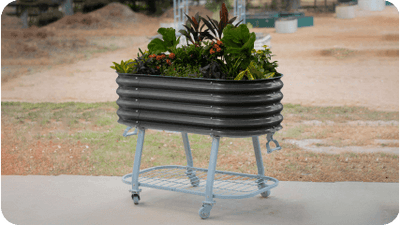








































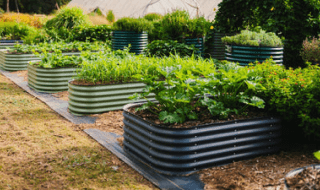
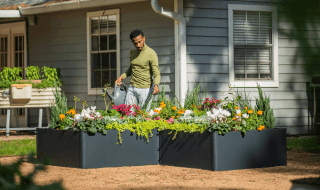
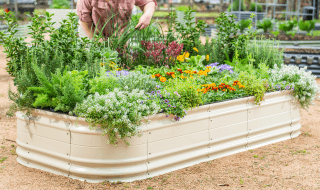
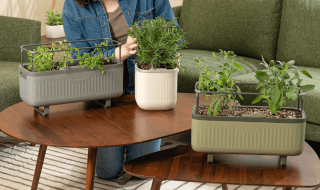
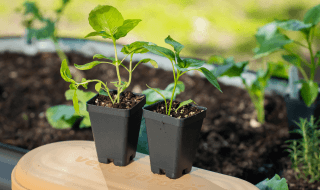
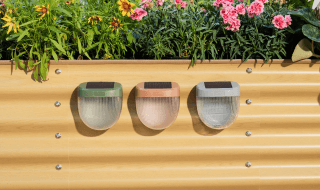
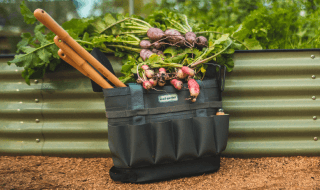
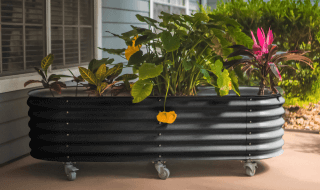







Leave a comment